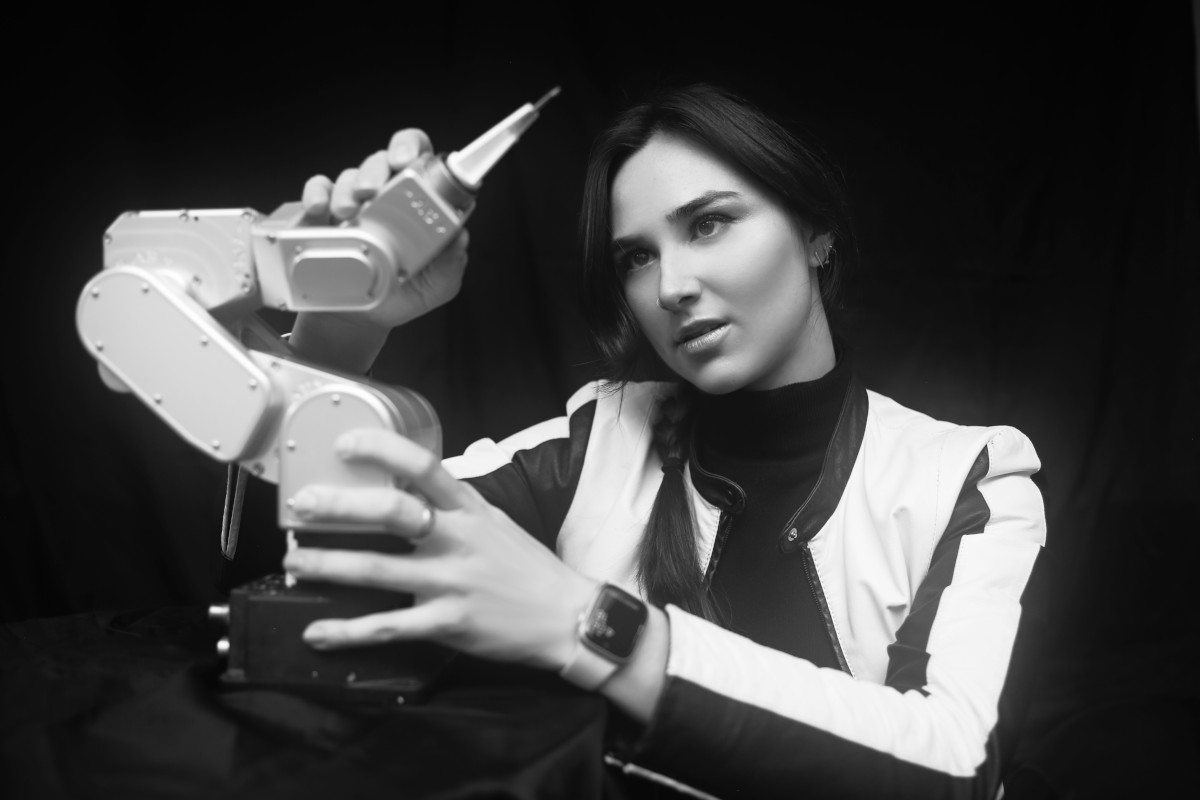We were lucky to catch up with Chloë Ryan recently and have shared our conversation below.
Hi Chloë, thanks for joining us today. Let’s kick things off with your mission – what is it and what’s the story behind why it’s your mission?
My journey as an artist began at a young age when I started selling my paintings at just 14. However, I soon realized the inherent challenges within the art world. While multiple people expressed interest in my artwork, few were willing to pay more than $300-500 per piece. When I did the math, I found that I was making only a few dollars an hour. This was fine as a teenager but became less sustainable when I aimed to make a real living as an artist.
I always wished for a way to create one design and sell it to multiple interested buyers, which seemed more feasible than trying to break into galleries to increase prices but potentially price out friends and family from enjoying my work. Unfortunately, that wasn’t possible at the time, as people wanted original paintings, not prints. I didn’t see a future in fine art and pivoted entirely — I went on to study mechanical engineering at McGill University.
During my time at McGill, I recognized that the issue I faced was not unique but plagued the entire art industry. It favored top artists, collectors, and galleries, making it difficult for most people to access and enjoy art. This realization inspired me to set out on a mission to build a painting robot that could help artists paint faster and scale to meet consumer demand. This endeavor eventually evolved into Acrylic Robotics, with our core mission remaining the same: making art more accessible while supporting independent artists. Beyond a project to build a robot — Acrylic has become a fast-growing startup with international growth plans and truly cutting edge technology. It’s been amazing to watch and build and I can’t wait to see us bring the mission to life.
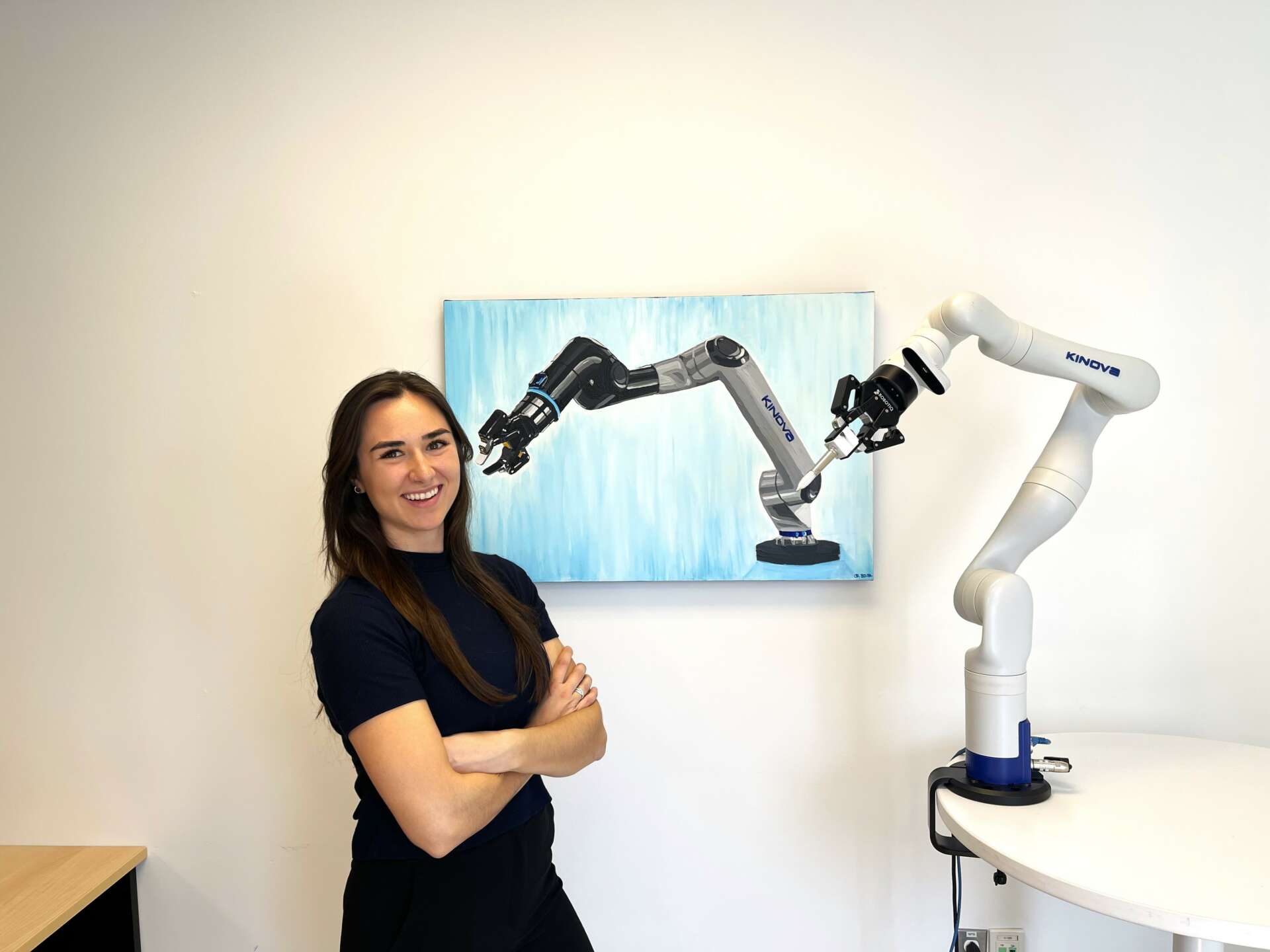

As always, we appreciate you sharing your insights and we’ve got a few more questions for you, but before we get to all of that can you take a minute to introduce yourself and give our readers some of your back background and context?
Faced with the challenges of making a sustainable living as an artist, I decided to pivot and pursued a degree in mechanical engineering at McGill University. During my studies, I observed that the art industry as a whole favored top artists, collectors, and galleries, making it difficult for most people to access and enjoy art. This realization inspired me to embark on a mission to build a painting robot that could help artists paint faster and meet consumer demand on a larger scale.
This mission eventually led to the creation of Acrylic Robotics, a startup that specializes in developing robots capable of creating high-precision paintings.
As an artist creates an original piece, Acrylic’s digital tools meticulously capture millions of data points, recording the artist’s style with extraordinary precision. This data is then transformed into code that instructs robotic arms on how to replicate the artist’s design onto physical canvases, stroke by stroke, using real paint and brushes. Acrylic’s robots are driven by proprietary high-precision control systems and machine learning algorithms, ensuring exceptional output quality.
This innovation enables artists to reproduce their original paintings at scale without compromising quality or investing excessive time. Art buyers gain access to high-quality art at more affordable price points, expanding the art market’s reach. Acrylic’s technology provides a new way for artists to control the size and distribution of their collections, similar to limited-edition series of signed lithographs, ensuring authenticity and protecting against creative property theft.
Acrylic Robotics has a low-risk, high-reward, and low-touch business model for artists, allowing them to focus on their creative process. Acrylic manages production and fulfillment, removing the logistical burden from artists. This approach empowers artists to make a living from their craft while delivering high-quality art to a broader audience.
Our core mission is to democratize art by making it more accessible to everyone while supporting independent artists. We believe that art should be enjoyed by all, not just ultra-wealthy collectors, and that there’s a massive middle market for working artists waiting to be tapped into. What sets us apart is our innovative use of technology to bridge the gap between art and accessibility, allowing art enthusiasts and creators to experience and share their passion in new and exciting ways.
We are most proud of our ability to bring art to a wider audience, make it more accessible, and help artists achieve their dreams of making a living from their craft. We have achieved key milestones, such as partnering with renowned artists like Matt Chessco, doubling our artist waitlist in a week, and participating in major art events like Art Basel Miami. We have also garnered recognition from prestigious programs and competitions, including being named one of Canada’s Top 10 Ventures to Watch.
What I want potential clients, followers, and fans to know about Acrylic Robotics is that we are committed to transforming the art industry and creating a world where real, painted, museum-quality artwork can hang on every wall. We believe in the power of technology to unlock new possibilities, and we’re on a mission to redefine how art is valued and shared. Our journey is just beginning, and we invite everyone to be part of this exciting revolution in the art world.

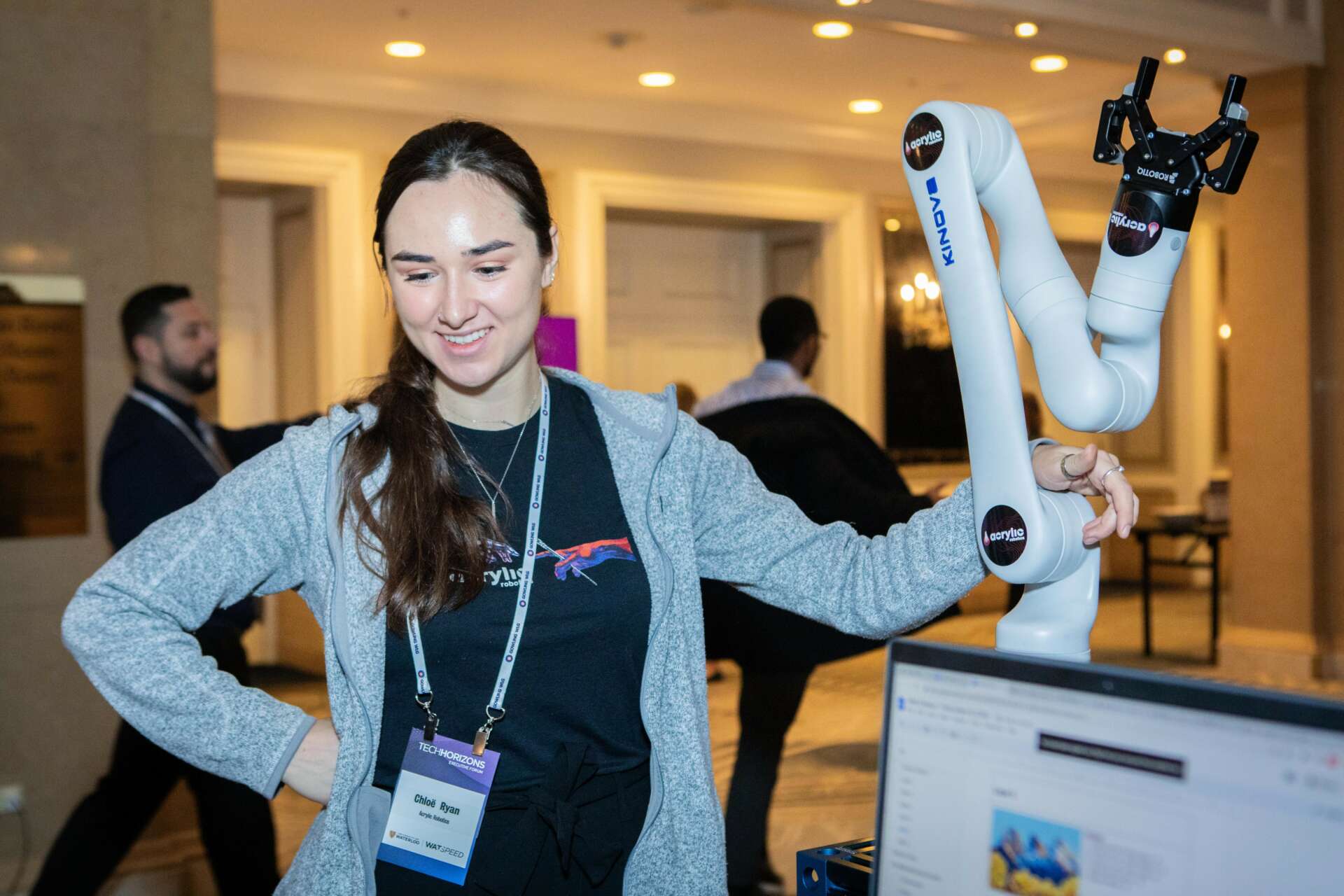
Can you share a story from your journey that illustrates your resilience?
When I first came up with the idea for Acrylic, most people said it wasn’t possible—a painting robot sounded far-fetched. All other research prototypes produced art that looked mechanical, uncanny, and overly simplistic. But I had a belief that I would be able to make something that worked. Despite (at the time) having no formal background in robotics, I pulled a team of other students together, and we started building our first prototype.
We got our first $2000 grant from McGill Engine, an entrepreneurship accelerator, and we spent all of it on our first prototype. Out of an apartment in downtown Montreal, we built our first concept, a massive, gawky 4 x 6’ gantry-style robot with 6 degrees of freedom, made of scrap wood we rolled home on a skateboard from the hardware store, 3D printed parts, and miscellaneous motors that we kept frying because we had neglected to hire an electrical engineer.
After much trial and error, we got it painting very basic strokes — nowhere near a full painting — and my interns left at the end of the summer. It was me, myself, and Jared—our big ugly semi-functional robot that took up half my bedroom. I would fall asleep staring at it immobile, and I realized the hard way that I had made the classic mistake I wish somebody had told me not to make: building the tech without having a concrete business plan to go along with it.
So, I joined some accelerator programs—where I was by a long shot the youngest in all of them participants—and learned the entrepreneurship fundamentals I probably should have started with. I was named the Top Entrepreneur out of my cohort at Next 36, Canada’s flagship program for the country’s top 36 young founders; and we were awarded the Top Tech Innovation prize at Centech, a UBI global Top 10 deeptech incubator, where most of our peer cohort companies were PhD research spinoffs. We turned Jared into a surprisingly functional coffee table and bought a cheap toy robot from China to validate the fundamentals with. I did my homework, interviewing dozens of artists and buyers, reading about lean startup principles and putting them into action.
Eventually, we built it — and it worked. Well. We’ve now started to work with artists across the world, and the paintings produced are far better than I could have imagined. I’ve pitched at events around the world; we just did a demo at Art Basel; and we’re about to start releasing collections with distribution partners. And I’ve now proved that it’s possible, if you work hard enough.
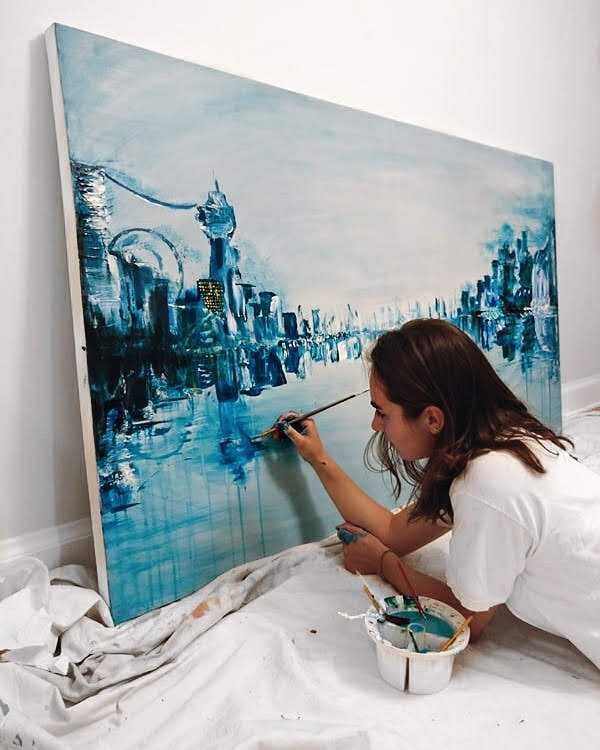
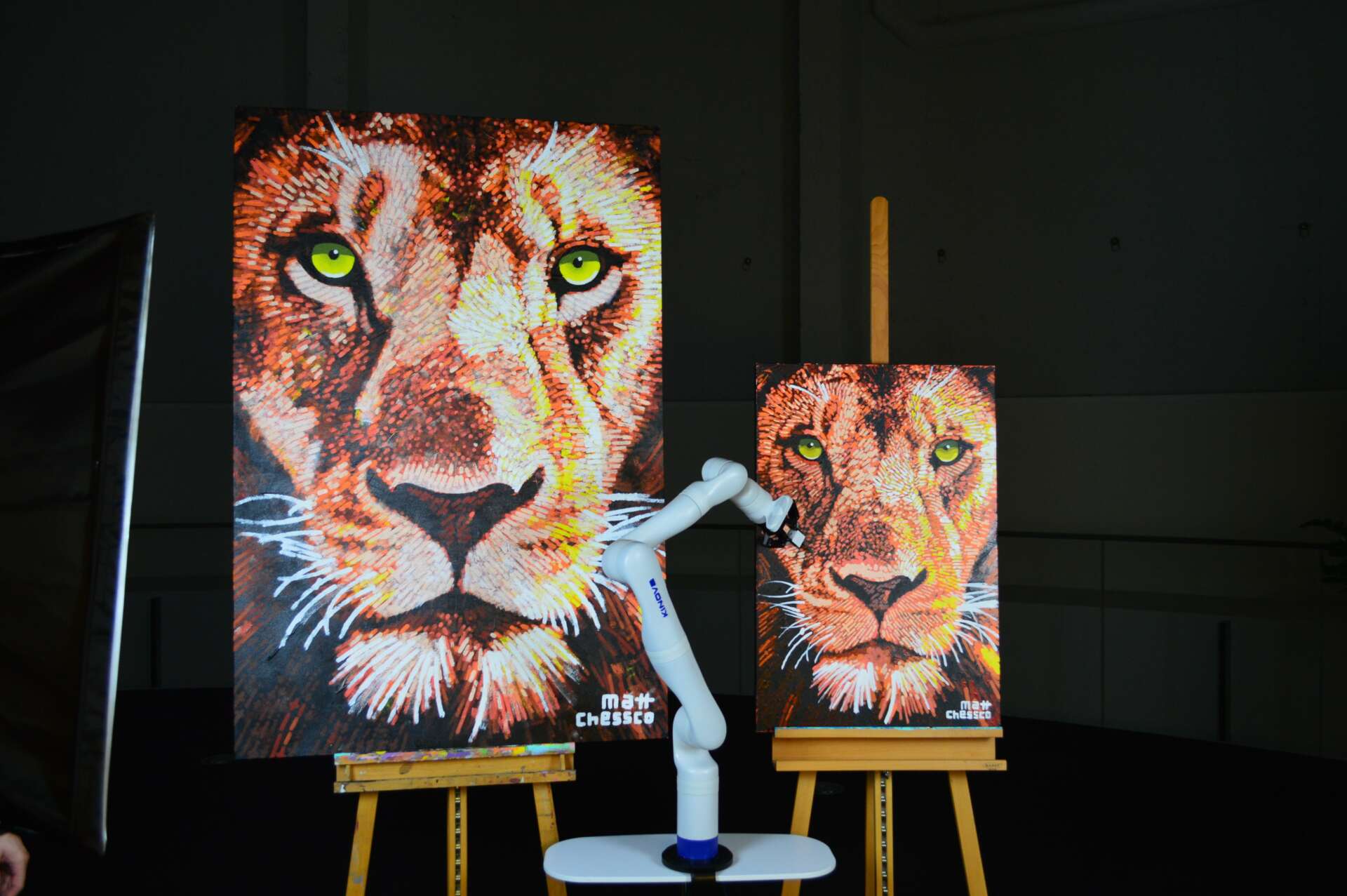
What’s a lesson you had to unlearn and what’s the backstory?
When I first kicked off my journey with Acrylic Robotics, I wasn’t an expert in all the tech stacks we would eventually need. My background leaned more towards the humanities and arts during my teenage years, and I was still relatively early in my engineering degree. At the outset, my approach was simple—I would think, “I don’t know how to do this, so I’ll hire someone who does.”
This strategy led me to bring on board a technically-inclined friend from my program during the first summer, followed by a total of 13 interns over time. It seemed like a reasonable way to tackle the technical aspects of the project, considering my limited expertise in those areas.
But it didn’t take too long for me to figure out that outsourcing everything to folks in fields I knew little about might not always be the smartest move. As I faced challenges that required me to learn skills on the fly to contribute to the project, I realized that many of these technical hurdles weren’t as daunting as they seemed originally. The wealth of resources available online today make it possible for entrepreneurs to quickly acquire missing skills, technical or non-technical.
I learned that to build a fantastic team, you’ve got to understand at least the basics of the roles you’re hiring for. I didn’t need to become an expert in everything, but learning to dive in, learn the ropes and start the task before outsourcing was a game-changer. This approach not only equipped me with more skills but also allowed me to discern the right fit when hiring others who could perform those tasks even better than I could.
Bottom line? I unlearned the instinct to lean away from unfamiliar territory, and it’s a shift in mindset and approach that dramatically shifted my experience building Acrylic.


Contact Info:
- Website: www.acrylicrobotics.ca
- Instagram: @acrylicrobotics
- Facebook: https://www.facebook.com/acrylicrobotics/
- Linkedin: https://www.linkedin.com/in/chloeryan2/
- Twitter: https://twitter.com/ChloeRyxn


